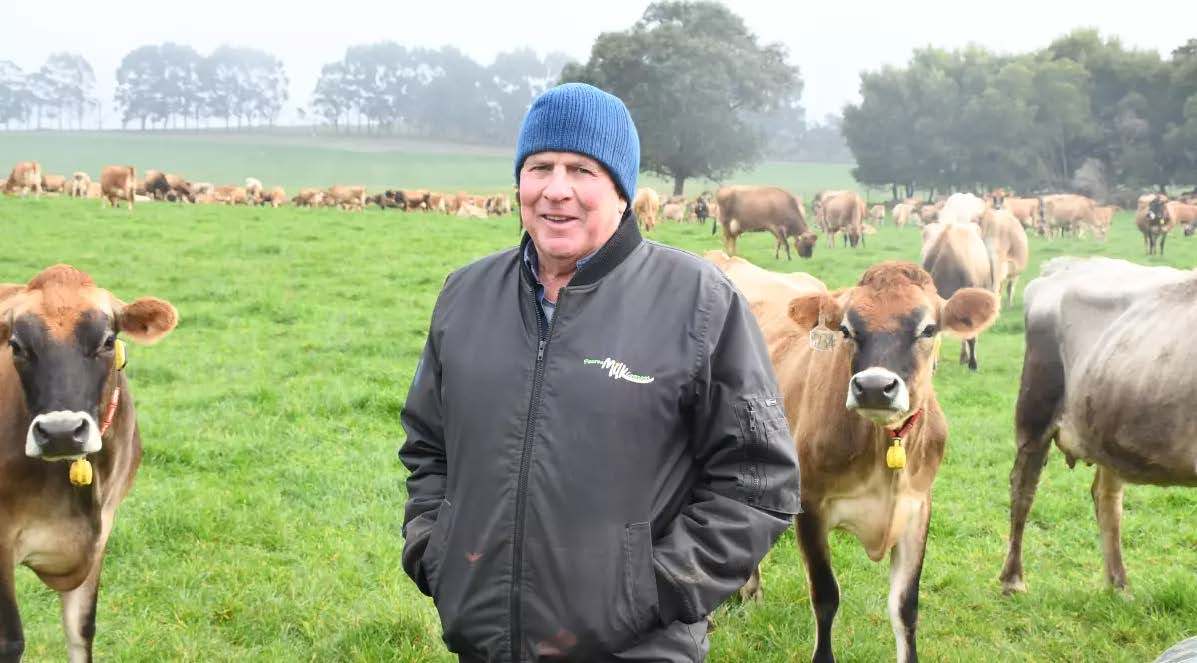
Long-term milk demand a silver lining for dairy farmers facing cloud of challenges

While there are significant headwinds facing SA dairy farmers, including milk price cuts, additional fodder costs caused by seasonal pressure, rising interest rates and late processor payments for some, SA Dairyfarmers' Association president Robert Brokenshire says positive long-term prospects should give farmers reason to hang tough.
Concerns about the state of the industry, as it battles these hurdles have been voiced recently, including by suppliers of Beston Global Food Company, who say late milk payments have been heaping additional financial pressure on farmers in an already tough time.
Trading in the company's securities has been suspended as it negotiates funding to refinance debt.
Several farmers say significant portions of their May milk cheques are yet to be paid and they have concerns about whether June payments will be made, with some switching to other suppliers due to the uncertainty.
Mr Brokenshire says SADA is doing all it can to support the company and its farmer suppliers, given it is such a big player in SA, but late payments are concerning as banks generally expect a milk full cheque at the midpoint of every month.
"They (Beston) are an important part of the industry in SA, buying nearly a third of the milk, but they've been caught up in price reduction in their exports like some other processors," he said.
"When the industry was recovering from the $1 a litre milk wars, Beston was the company that initiated increased prices and farmers benefited as a result of that.
"I'm confident as things improve, Beston will have a focus on paying the best possible price."
The silver lining on dairy's cloud of challenges, Mr Brokenshire says, is the projected growth in dairy demand both nationally and globally.
Milk processors have told SADA they have a thirst for 700 million litres of SA milk a year from 2024 to 2029, a significant increase from the current level of 500m litres.
A template for growth was outlined in the industry's five-year action plan, released in April.
Mr Brokenshire said all mid to long-term indicators to SADA and Australian Dairy Farmers showed the prospects for the dairy industry were strong.
Recent nutritional advice has also backed in the industry, recommending people - particularly children and the older population -have three serves of dairy a day.
"There's a lot of positive signs and if you stick with dairy year-in, year-out, it's a strong sector to be in," Mr Brokenshire said.
"Right at the moment there are challenges mainly around the season, input costs, milk prices and interest rates.
"It's the worst opening we've ever seen, which is having a real impact on input costs for dairy farmers because a lot are out of fodder and having to buy that at high prices, and their feed's not growing because it's so cold and it has been a late start.
"Some farmers are still contracted at a reasonable milk price for this year, but unfortunately for those who came out of contract, and their processor has an export focus, those prices are too low.
"We're saying to those processors 'you don't have a business if you don't have milk supply and farmers need a profit margin'.
"It's a significant storm of impediments but it's a similar story in other agricultural sectors."
